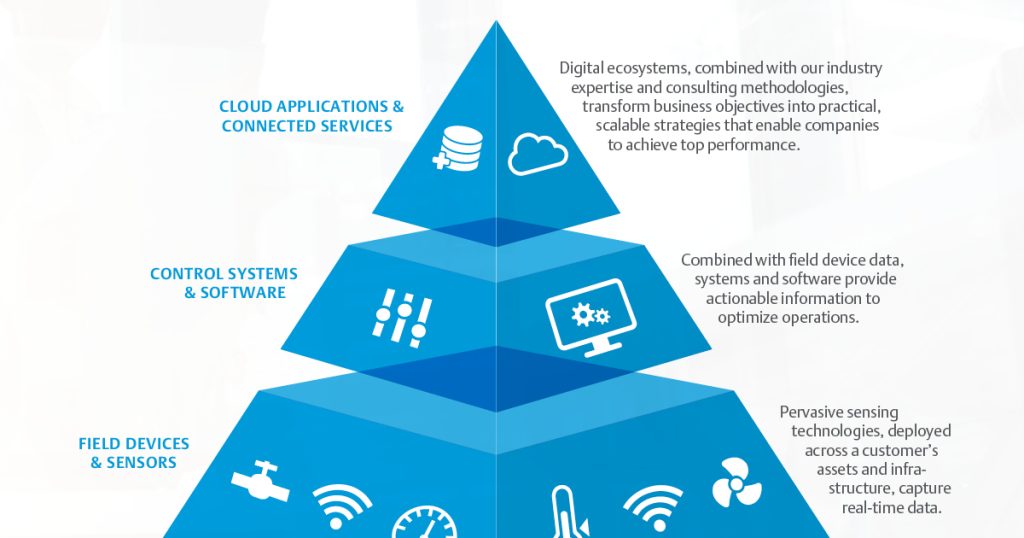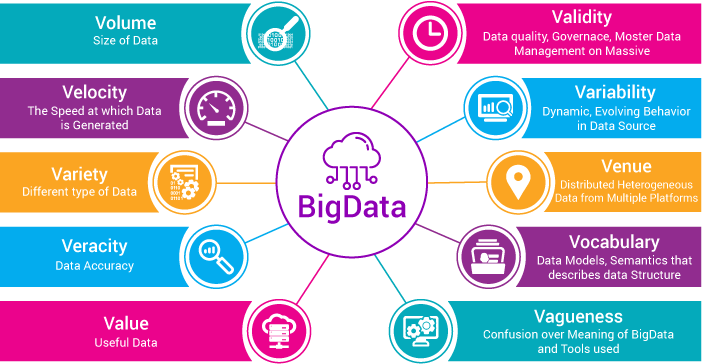Unlock the secrets of data structures with these key insights that will revolutionize the way you approach coding challenges.
Table of Contents
Introduction to Data Structures
We’ll start by exploring what data structures are and why they are so important. Think of them like different types of toy boxes that help you organize your toys in certain ways. Understanding data structures is like knowing how to arrange your toys so you can easily find them when you want to play.
Imagine having a special box just for your favorite action figures, another one for your building blocks, and maybe even a separate shelf for your board games. Each of these containers is a different type of data structure designed to hold specific types of toys in an organized manner.
By learning about data structure concepts, you’ll discover how to group similar toys together, keep track of where each toy is stored, and quickly access them whenever you need them. So, let’s dive into the fascinating world of data structures and see how they can make your toy collection (or data) easier to manage!
Types of Data Structures
When it comes to data structures, there are different types that help us organize and store information in a structured way. Imagine them as special containers that hold our data in specific arrangements.
Simple Data Structures
Simple data structures are like having a single shelf where you can neatly line up your favorite books. Each piece of data is placed one after the other, making it easy to access and manage.
Complex Data Structures
On the other hand, complex data structures are more intricate, like a big toy organizer with many small bins for different types of toys. They allow for more advanced ways of organizing and storing data, making it easier to handle large amounts of information.
How Data Structures Work
Imagine you have a big collection of toys, just like a computer has lots of data. Data structures are like special toy boxes that help us keep our toys organized. When we store data in these structures, it’s like putting our toys in the right places so we can find them easily later.

Retrieving Data
Have you ever had trouble finding your favorite toy in a messy room? Data structures help us avoid that problem with data. By organizing our data in a specific way, we can quickly retrieve it when we need it. It’s like having a map to find your toys in a huge toy store!
Why Learning About Data Structures is Useful
We’ll talk about why knowing the best way to organize your toys (or data) is super helpful, like making clean-up time faster!
| Topic | Definition | Example |
|---|---|---|
| Arrays | Indexed collection of elements | [1, 2, 3, 4] |
| Linked Lists | Sequential collection of nodes | 1 -> 2 -> 3 -> 4 |
| Stacks | Last in, first out (LIFO) structure | [3, 2, 1] |
| Queues | First in, first out (FIFO) structure | [1, 2, 3] |
| Trees | Hierarchical data structure | 1 / \ 2 3 / 4 |
| Hash Tables | Key-value pairs mapping | {“Key1”: “Value1”, “Key2”: “Value2”} |
Fun Facts About Data Structures
Let’s look at some cool and fun things about data structures that you might not know, like secret compartments in a toy box!

Data structures can be like magical containers that hold and organize information in the most efficient ways possible. Just like a magician pulling a rabbit out of a hat, data structures can help us retrieve specific pieces of information quickly and easily.
Imagine a data structure as a treasure map that guides you to where your favorite toys are hidden. By following the map (or data structure), you can find exactly what you’re looking for without wasting time searching through a messy toy chest.
One fun fact about data structures is that they can come in all shapes and sizes, just like toys. Whether it’s a simple list of items or a complex network of interconnected data, each structure serves a unique purpose in organizing information efficiently.
Conclusion
Throughout this journey into the world of data structures, we have uncovered the essential concepts that make organizing and retrieving data a breeze. Just like how different toy boxes help keep your toys in order, data structures serve as the backbone for managing information efficiently.
By understanding the various types of data structures and how they function, we have equipped ourselves with the knowledge to streamline the process of storing and accessing data. Whether it’s a simple shelf-like structure for basic organization or a complex system of compartments for intricate data management, data structures offer a versatile solution for data organization.
Learning about data structures not only enhances our ability to manage information effectively but also makes tasks like searching for specific data easier and faster. Just like tidying up your toys becomes a breeze when everything has its place, data structures simplify the way we interact with and utilize data.
So, as we conclude our exploration of data structures, remember that they are like the ultimate tool for maintaining order and efficiency in the digital world. With the knowledge gained from this study guide, you are now equipped to harness the power of data structures to optimize your data management practices and make your digital life more organized and seamless.
Unlock Your Data Potential with Essential Insights
FAQs
Can I make my own data structure for my toy cars?
Yes, you can definitely create your own data structure for organizing your toy cars! Just like how you might sort them by color, size, or type, you can design a system that works best for you. Maybe you want to use a shoebox with compartments for each type of car, or maybe you prefer a pegboard to hang them up. The possibilities are endless!
What are the different types of data structures?
There are various types of data structures, each serving a different purpose. Some common ones include arrays, linked lists, stacks, queues, trees, and graphs. Each type has its own unique way of organizing and storing data, just like different types of toy boxes have different compartments and shelves.
